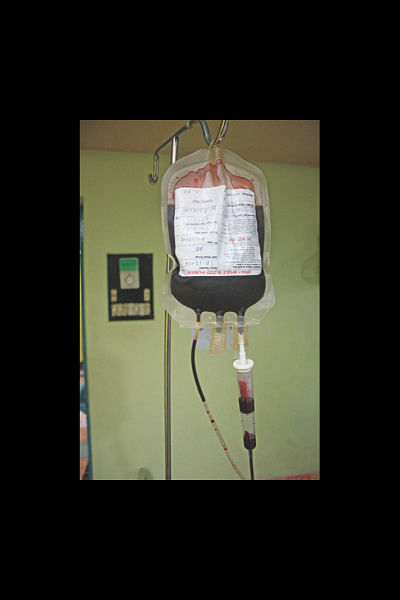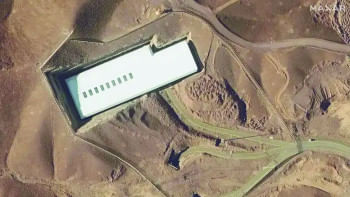Prenatal diagnosis and Thalassaemia

Thalassaemia is the most common congenital disorder in Bangladesh. Treatment facilities are limited due to high cost of drugs and limited availability of blood for transfusion. As treatment is expensive and lifelong, many children with the disease die in their teens. It is not possible in a country like Bangladesh to provide treatment due to limited resources.
Prevention of births of thalassaemic children is the best solution. But prevention of births of thalassaemic children by creating awareness, dissuasion of marriage between carriers or identify carrier couples before marriage and to offer counselling to separate has not been very successful.
Prenatal diagnosis and abortion of affected fetus has been most successful in preventing the births of thalassaemic children. Prenatal diagnosis is the way to know before birth weather the fetus has thalassaemia or not. All over the world the focus is now to prevent the births of thalassaemic children by prenatal diagnosis.
In preventing the births of thalassaemic children, prenatal diagnosis is done for determining the status of fetus of weather s/he is a normal, carrier or thalassaemic. It is done by two methods described here.
Chorionic villus sampling
A small sample is obtained from the developing placenta which has the same genetic make up as the fetus. The tissue from the placenta is obtained by means of a needle inserted through the abdominal wall under ultrasound guidance. A small amount of chorionic villi material is aspirated. The technique can be used at any stage from 11 weeks onwards.
CVS is preferable as it is done in the first trimester of pregnancy within the limits laid down by abortion law in many countries. It also reduces the emotional stress associated with late pregnancy diagnosis where there are complications.
Amniocentesis
Amniocentesis is analysis of amniotic fluid. This procedure is normally done after 16th weeks of pregnancy. The procedure is aspiration of about 15-20 ml of fluid from the amniotic cavity surrounding the fetus through the help of a small needle inserted through the abdomen under ultrasound guidance.
The main disadvantage in this method is the lateness of the procedure and diagnosis. Abortion here is psychologically traumatic to the mother.
After collection of sample, DNA analysis is done to determine weather the fetus is affected, carrier or normal. If the fetus is affected which means that s/he will be born with thalassaemia the choice is with the parents to abort or carry on with the pregnancy.
Dhaka Shishu Hospital Thalassaemia Center has recently started a DNA lab analysis of chorionic villus and amniotic fluid sample to detect the status of fetus where the parents are carriers of the thalassaemia.
The writers is the President of Dhaka Shishu Hospital Thalassaemia Centre. E-mail: [email protected]

 For all latest news, follow The Daily Star's Google News channel.
For all latest news, follow The Daily Star's Google News channel. 



Comments